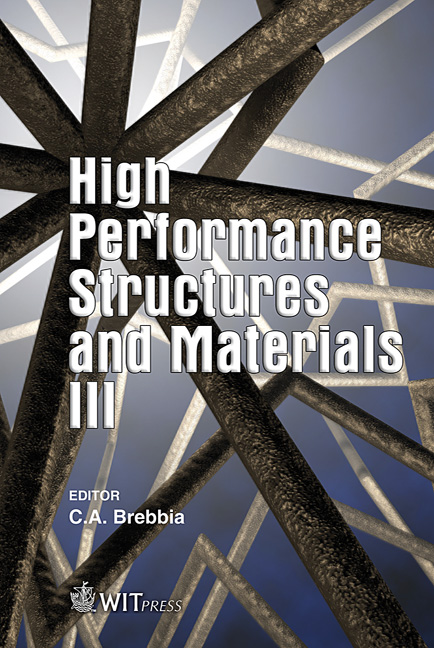The Study Of Surface Oxidation Of Tin(II) Fluoride And Chloride Fluoride Materials By Mössbauer Spectroscopy: To Oxidize Or Not To Oxidize, That Is The Question
Price
Free (open access)
Transaction
Volume
85
Pages
10
Published
2006
Size
803 kb
Paper DOI
10.2495/HPSM060291
Copyright
WIT Press
Author(s)
G. Dénès, E. Laou, M. C. Madamba & A. Muntasar
Abstract
Experimental methods designed to study the bulk of materials do not necessarily detect the changes taking place at the surface of the crystallites. For example, divalent tin-containing materials appear to be stable at ambient conditions in air, provided they are not hygroscopic, X-ray powder diffraction shows only the peaks of the expected tin(II) phase. However, we have observed that the Mössbauer spectrum of polycrystalline samples contain, in addition to the expected tin(II) peak(s), a small peak at 0 mm s relative to CaSnO3 at ambient conditions, that can be attributed only to tin(IV) coordinated by oxygen. A detailed study of this phenomenon has shown that Mössbauer spectroscopy is quite sensitive for detecting thin layers of oxide at the surface of crystallites of tin(II). This phenomenon has been exploited for the study of spontaneous oxidation of various tin(II) fluoride and chloride-containing materials, some of these fluorides being the highest performance fluoride-ion conductors known to date. It was observed that passivation is quite efficient in the fluorides, and in the chloride fluorides that have all their tin(II) covalently bonded. On the other hand, the materials containing a mixture of covalently bonded tin(II) and the Sn2+ stannous ion namely, the Ba1-xSnxCl1+yF1-y solid solution, show a higher rate of oxidation, which is highly dependent on the method of preparation and the composition parameters, x and y. Keywords: passivation, oxidation, disordered phases, fluorite-type structure, Mössbauer spectroscopy, X-ray diffraction, ionic conductivity, BaClF.
Keywords
passivation, oxidation, disordered phases, fluorite-type structure, Mössbauer spectroscopy, X-ray diffraction, ionic conductivity, BaClF.





